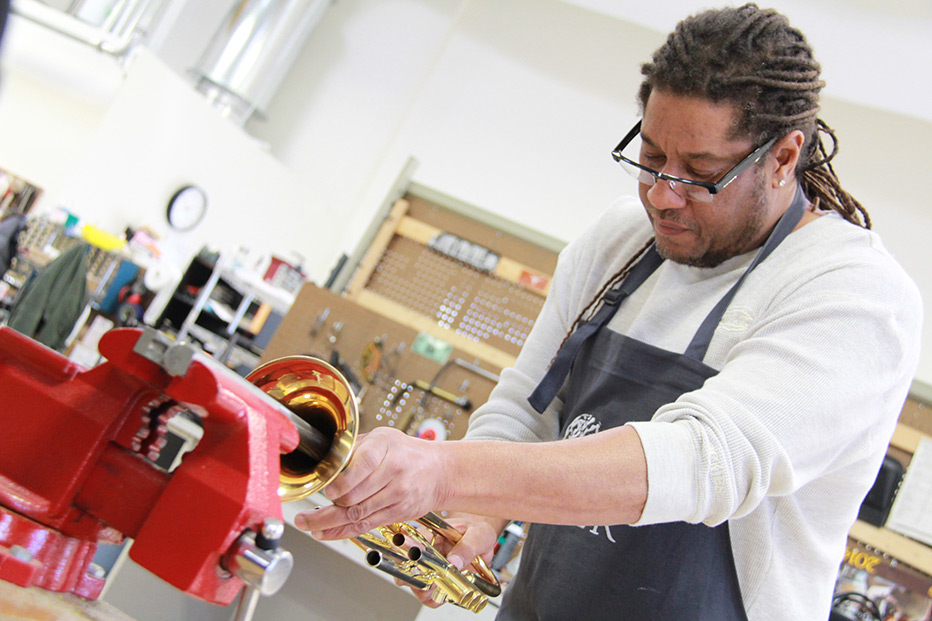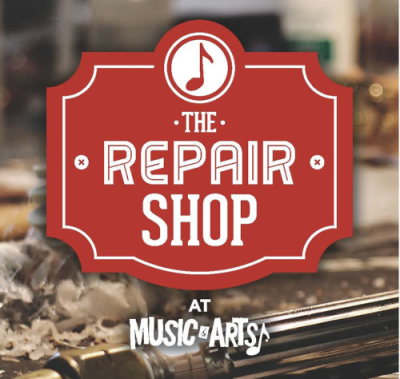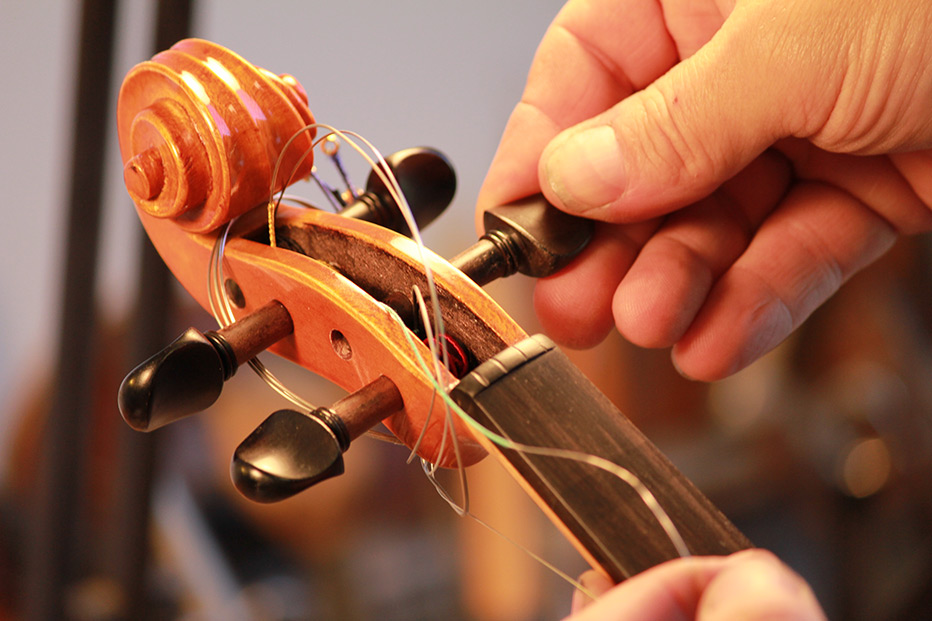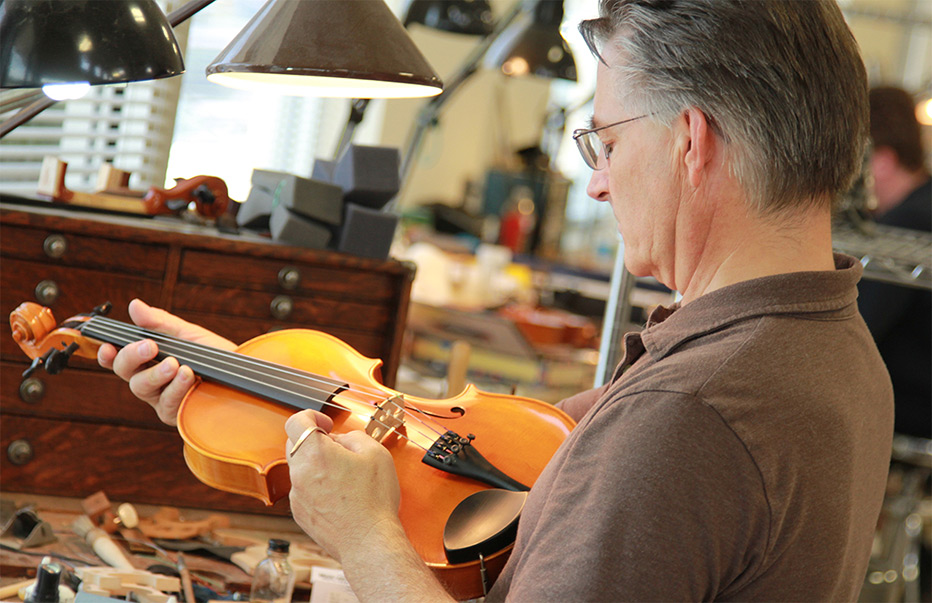April 09, 2015
Is My Band Instrument Sensitive to Temperature?


For many musicians, an instrument is one of the most important things they own. A musician’s instrument is the vessel that communicates their soul to the world, as well as the tool of their trade. In other words, a musician’s instrument is the physical manifestation of their talent, their skill, and their passion. Though every musician is told that taking care of their instrument is incredibly important, many don’t realize the extent to which things like temperature or humidity can affect their instruments.
Temperature can affect the sound of an instrument in many different ways, and the effects vary from instrument to instrument. If you want to make sure your instrument sounds as good as the day you bought it, and avoid costly repairs or replacements, it’s important to consider all of the ways that temperature can affect your instruments while they’re being stored or transported.
Temperature & Humidity
For a range of different instruments, extreme cold, extreme heat, and humidity, can have devastating effects. For example, extreme temperature and moisture can cause brass instruments to expand and shrink, while extreme temperatures can cause the key pads on woodwinds and drum heads to dry out and crack. In the case of string instruments, extreme heat or cold can cause the strings and wood to warp, and degrades the glue that binds the instrument together, all of which drastically affects the quality of the sound the instrument produces. Pianos are also subject to the negative effects of temperature. Increases in temperature and humidity can cause the bushings of a piano to swell, which affects the amount of time between the player hitting a key and the hammer hitting the string, a phenomenon known as “sluggishness.” Over time, the wooden exterior of some pianos can also become damaged by temperature.
Storing Your Instrument
When you’re storing your instruments, whether you play brass, woodwind, percussion, or string instruments, it’s important to take into consideration the temperature as well as the moisture in the environment. Guitars should be stored at a temperature between 72-77°F and a humidity level of around 45-55%. Brass instruments will experience bacteria growth and corrosion in hot, humid environments. It’s important to keep brass instruments cleaned, oiled, and packed. When it comes to woodwind instruments, managing the humidity is the most important factor. Experts recommend between 40-55% humidity to avoid drying out, shrinking, expanding, or cracking.
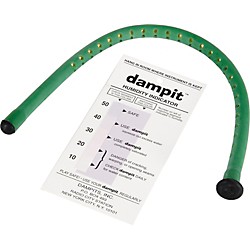

The Dampit Cello Humidifier protects your cello from damage due to excessive dryness. A soft rubber sleeve encloses a special open-cell sponge. Simply soak in water, wipe off, and insert through an F-hole. Instructions and handy humidity gauge included. The Dampit humidifier provides long term humidity protection and guards against your cello cracking and warping. Learn More
Strategies for Protection
There are several strategies for protecting various instruments from temperature damage. For almost every instrument, the most basic way to protect from temperature damage is to make sure the instrument is always kept in its case when it’s not being played. An investment in a quality case can help to extend the life of your instrument significantly. If, for some reason, you’re forced to use an older, weathered case, you can line it with acid-free paper to help protect against humidity. Another important strategy is to avoid leaving an instrument in a car for any longer than is absolutely necessary because temperature damage can happen very rapidly in that environment.
The best way to protect an instrument from temperatures and humidity is to invest in a temperature controlled environment to store it in. You can either keep a humidifier in the room where your instrument is normally stored and set it at the range that’s optimal for your particular instrument or you can rent a storage unit with a controlled environment. Climate-controlled storage unit, or temperature-controlled storage units as they’re sometimes called, will protect your instruments from temperature damage, but don’t always control humidity. For instruments that are sensitive to humidity and temperature, you’ll want to make sure to find a storage unit specifically designed for humidity control. Most storage companies have climate control and humidity control as options, but it’s always best to be as specific as possible about your needs.
What to Do in The Case of Temperature Damage
Because instruments are so sensitive to temperature and humidity, over time some damage can occur despite your best efforts. If your instrument isn’t sounding the way it should, don’t hesitate to bring it into a qualified repair technician. These professionals will tell you the extent of the damage and whether or not it can be fixed.
Regardless of which instrument you play, taking proper care is incredibly important to maintaining consistent quality and avoiding costly repairs or replacements. It’s crucial to make sure you’re taking temperature and humidity into account when storing or transporting your instrument. Simple investments in temperature and humidity control will help save you money, time, and frustration in the long run.
For care tips that are specific to your instrument, check out String Instrument Care: A Guide, Proper Cello Maintenance and Care, Guitar Maintenance: Tips and Advice, and Proper Care and Maintenance of a Flute.




